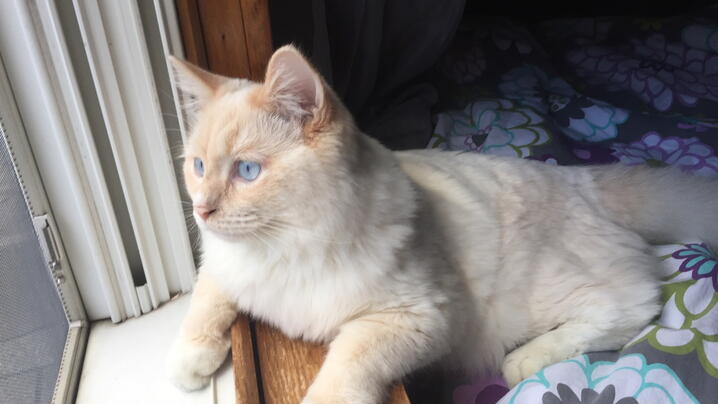
Our greatest tool to helping homeless pets... is willingness. We do NOT say "can't" here. We say, "how?" How can we make something work? What will it take? Then, we go do it.
-Staycee Dains, Shelter Operations Supervisor, City of San Jose, California
This past February ICMA partnered with The Humane Society of the United States to offer the Managing Community Cats: A Guide for Municipal Leaders. Since being added to the Knowledge Network this document has received 200+ views (Google Analytics).
On page 6 of the guide is a short description about the return-to-field program of the Animal Care & Services department of San Jose, California’s shelter operations. In return-to-field programs, shelters take in healthy un-owned cats and sterilize, vaccinate, and release them. This lowers euthanizing rates and costs for the shelter.
I reached out to the San Jose’s Animal Care & Services Shelter Operations Supervisor Staycee Dains to learn more about this program. Dains stated that since implementing it in 2010, the rate of illness in their shelter has fallen by 75%. With what the program saved the shelter in operation costs they have been able to increase their care and medical services for stray kittens and implement a behavior department to assist with behavioral and enrichment needs of animals in their care. Dains believes that if “we had continued to intake and euthanize 12,000 cats (and growing) every year, none of these other programs would have been possible.” Below are some additional resources that you can use to help improve your local animal services:
- Staycee Dains believes that shelters around the country should check out the Million Cat Challenge. This is a joint project of the University of California, Davis, Koret Shelter Medicine Program and Maddie’s Shelter Medicine Program at the University of Florida to partner with shelters around the country and provide them with the best practices and resources to help save one million cats over the next five years.
- A document that every shelter should use is the Guidelines for Standards of Care in Animal Shelters from the Association of Shelter Veterinarians.
- The Humane Society of the United States developed the Adopters Welcome manual to highlight effective approaches to encourage community members to adopt homeless animals.
- Citizen engagement is an important component of any animal service program. The Humane Society of the United States has a community outreach toolkit that organizations are encouraged to use.
For more information on San Jose’s Animal Care & Services, check out the webpage.
What is your community’s greatest tool in providing services to homeless community animals? Share your response below.
Douglas Shontz
Knowledge Network Associate
New, Reduced Membership Dues
A new, reduced dues rate is available for CAOs/ACAOs, along with additional discounts for those in smaller communities, has been implemented. Learn more and be sure to join or renew today!

